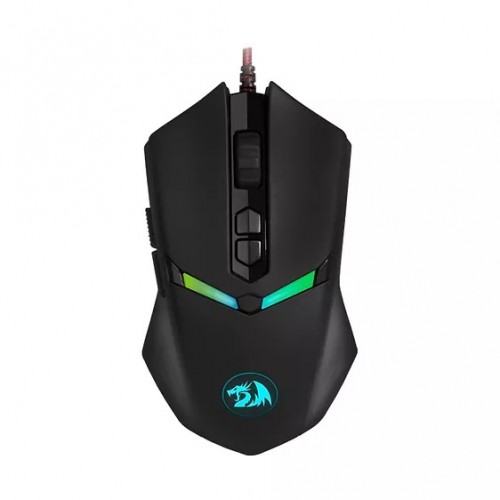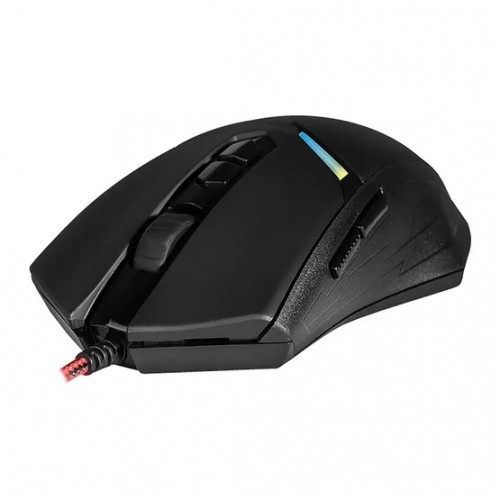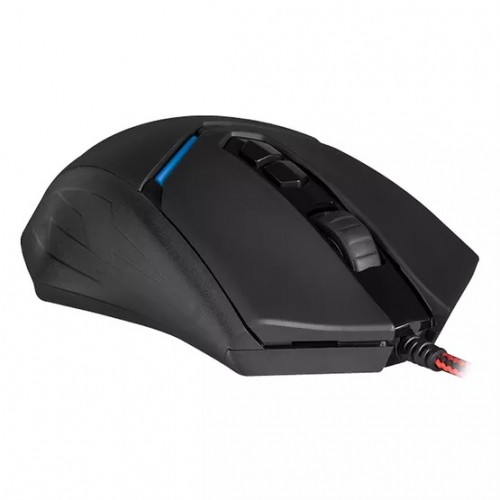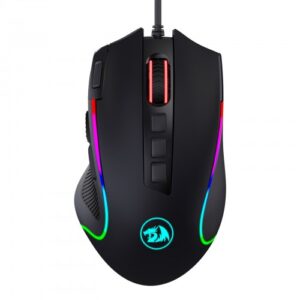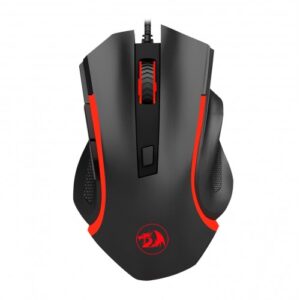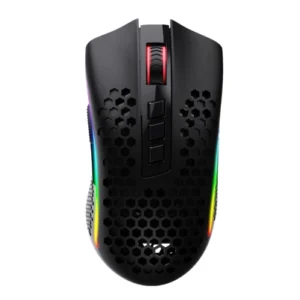Key Specifications of the Gaming Mouse
The specifications of a gaming mouse play a crucial role in determining its performance and suitability for various gaming genres. Among the most essential features is the number of programmable buttons. A gaming mouse typically includes at least seven programmable buttons, which provide players with the ability to assign numerous in-game actions to easily accessible locations. This tactical advantage can significantly enhance gaming efficiency and responsiveness, allowing gamers to execute complex maneuvers swiftly during intense gameplay.
Another critical specification is the optical sensor. Many modern gaming mice utilize the advanced PixArt PAW3212 optical sensor, renowned for its precision and accuracy. This sensor ensures that movements are tracked flawlessly on different surfaces, which is vital for gaming where every millisecond counts. The accuracy of the optical sensor can dramatically affect a player’s performance, especially in competitive scenarios where precision shooting is paramount.
Sensitivity resolution is also of utmost importance in gaming mice. High-end models typically offer adjustable resolution options, averaging at DPI settings such as 800, 1200, 1600, 2400, and even 7200 DPI. This variety allows gamers to fine-tune their mouse sensitivity based on personal preference and gaming style, enhancing comfort and control during long gaming sessions.
The polling rate, another significant specification, refers to how often the mouse reports its position to the computer, measured in Hertz (Hz). A polling rate of 1000Hz is standard in most gaming mice, offering near-instantaneous feedback and responsiveness. Moreover, the design of a durable cable—often measuring 1.8 meters—ensures that players experience minimal drag and obstruction, contributing further to a seamless gaming experience.
Durability, Design, and Gaming Performance
The design and durability of a gaming mouse play a crucial role in the overall gaming experience, especially for avid gamers who spend extensive hours engaged in gameplay. Ergonomic design is paramount; it ensures comfort during prolonged use, thereby minimizing the risk of strain or fatigue. Many gaming mice are crafted to fit the natural curve of the hand, allowing for a more relaxed grip. In this context, attention is given to the materials used in construction, as they significantly impact the mouse’s lifespan.
Integral to the gaming experience are the smooth Teflon feet pads that facilitate effortless gliding across various types of surfaces. This feature is essential for maintaining accuracy and speed during competitive gameplay, where quick reflexes are necessary for success. Coupled with the ergonomic design, these aspects combine to enhance user comfort and performance, enabling gamers to focus wholly on their objectives.
Furthermore, gaming mice are equipped with features that enhance performance significantly. One notable specification is the switch lifecycle, with many models rated for up to 10 million clicks, underscoring the importance of durability. This ensures that gamers can rely on their equipment, even during intense gaming sessions. Additionally, an acceleration of 10g provides the necessary response time for swift movements, which is essential in fast-paced gaming environments.
Customization is another vital aspect of modern gaming mice. With built-in memory offering three distinct modes, users can tailor settings to suit their preferences, ensuring a personalized gaming experience. Physical specifications like dimensions of 123.5x71x38mm and a weight of 135.8 g make the mouse manageable for a variety of users. To enhance customer satisfaction, these products typically come with a 1-year warranty, which serves as a testament to the manufacturer’s commitment to quality and reliability.
